Unveiling the Secrets of Riccia canaliculata: A Journey into the World of Mosses
Affiliate Disclaimer: As an affiliate, we may earn a small commission when you make a purchase from any of the links on this page at no additional cost to you!
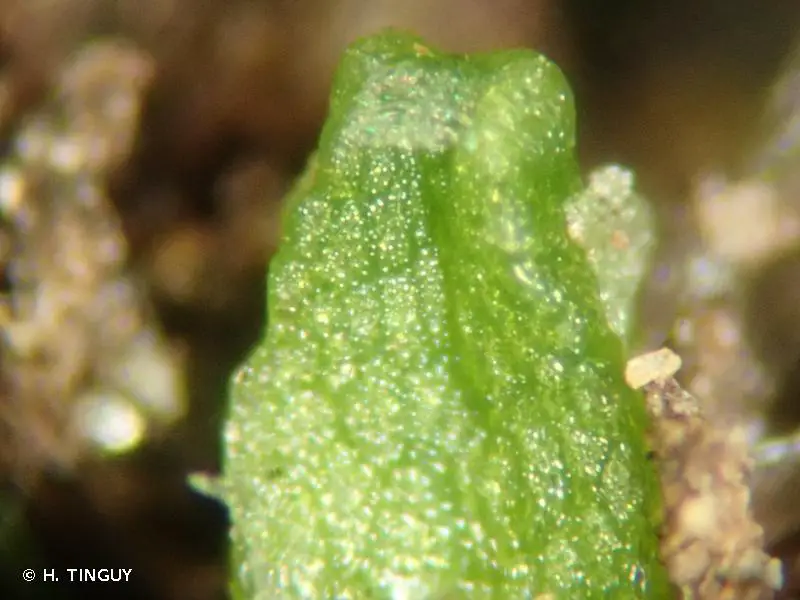
409562.jpg from: https://inpn.mnhn.fr/espece/cd_nom/6208
Exploring the Fascinating World of Riccia canaliculata Hoffm. Moss
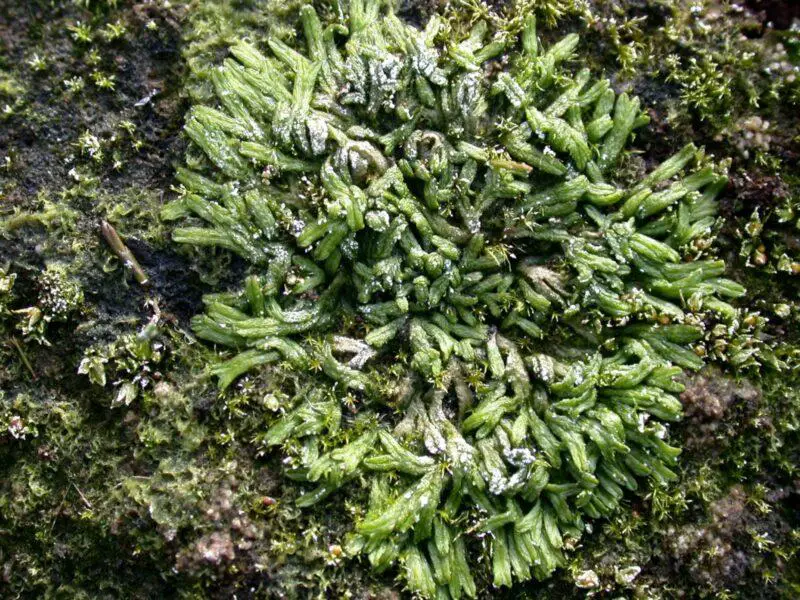
Riccia-canaliculata-1-Bavelaw-2003_v1-800×600.jpg from: https://www.britishbryologicalsociety.org.uk/learning/species-finder/riccia-canaliculata/
Introduction
Mosses are often overlooked, but they play crucial roles in ecosystems around the world. One particularly interesting species is
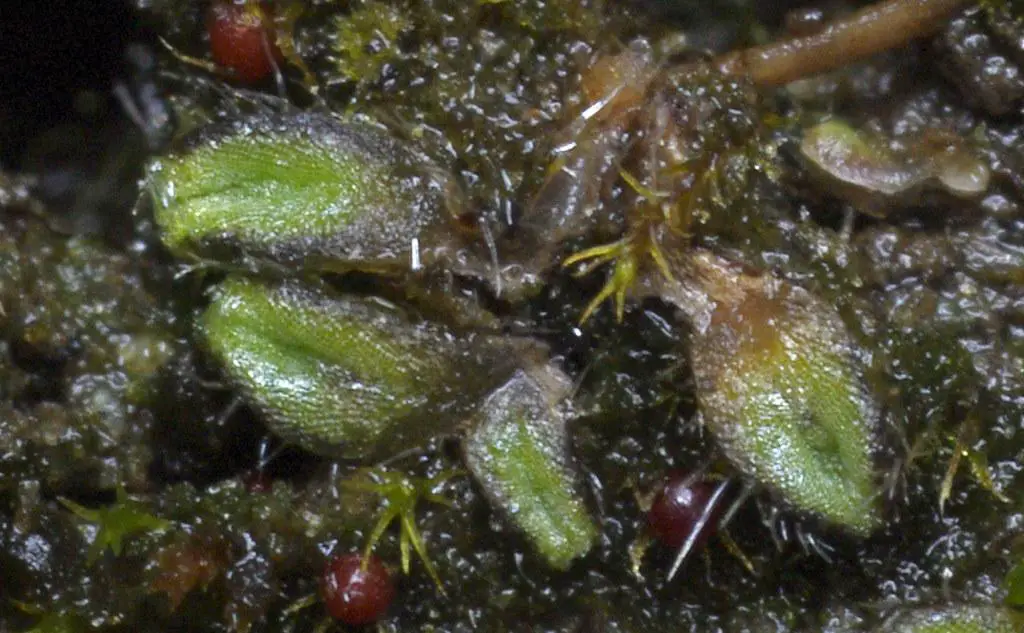
27794806638_7d0d2dc180_b.jpg from: https://www.flickr.com/photos/126598284@N05/27794806638
Riccia canaliculata Hoffm., a small but mighty moss in the Ricciaceae family. In this blog post, we’ll dive into the details of this fascinating plant, from its unique morphology to its global distribution and ecological importance. Get ready to discover the wonders of Riccia moss!
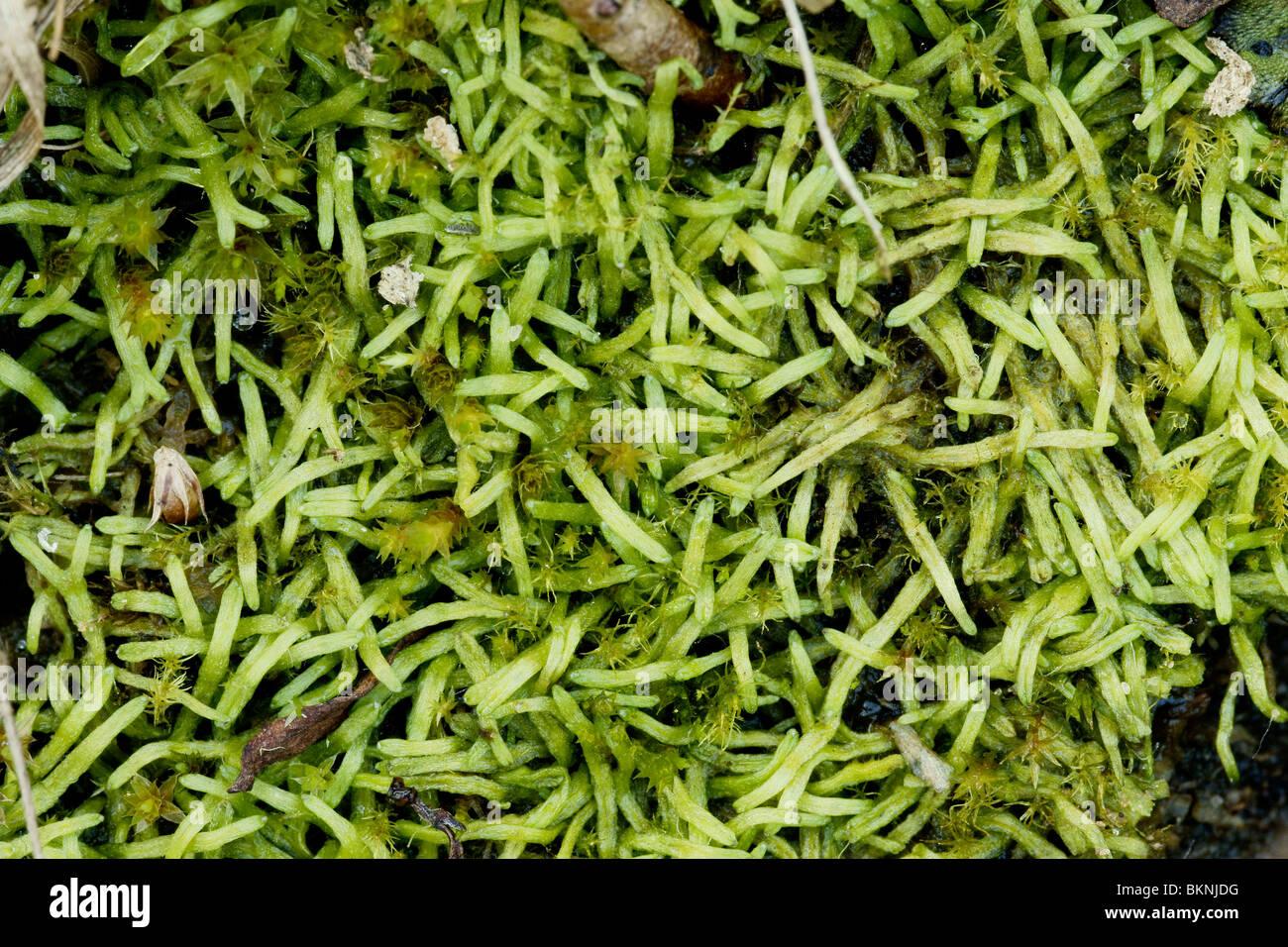
detailopname-van-smal-watervorkje-van-bovenaf-gezien-macro-opname-BKNJDG.jpg from: https://www.alamy.com/stock-photo/riccia-canaliculata.html
Background
Riccia canaliculata Hoffm.
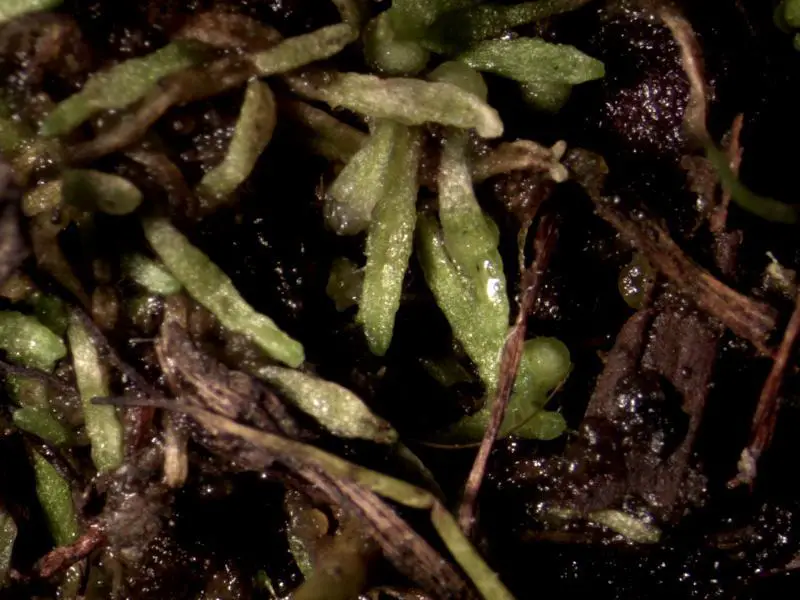
5476039.jpg from: https://waarnemingen.be/species/17787/
is a species of thallose liverwort, which are non-vascular plants in the division Marchantiophyta. Thallose liverworts have a flattened, leaf-like body called a thallus instead of true stems and leaves. Riccia belongs to the class Marchantiopsida, which contains around 6,000 to 8,000 species worldwide.
Morphology and Identification
Riccia canaliculata
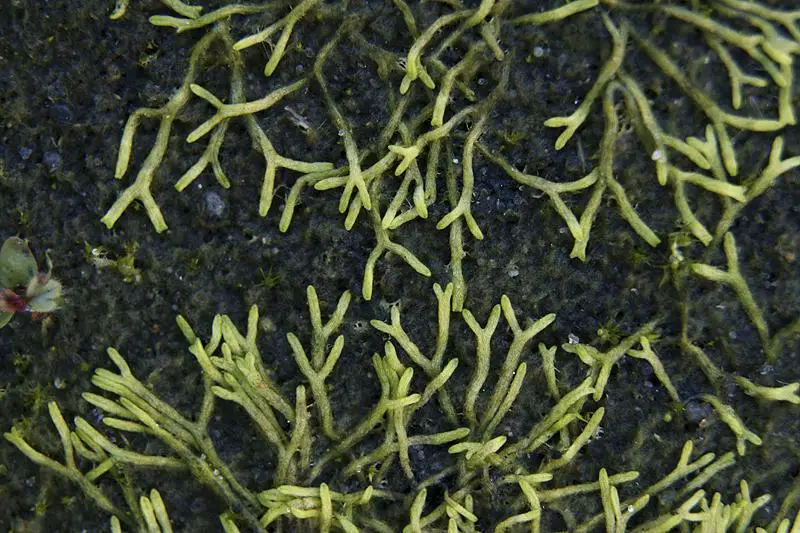
550568.jpg from: https://waarneming.nl/species/17787/
forms small, dense mats on the ground. The thalli are light green, narrow, and deeply channeled or grooved along the upper surface, giving them a distinct appearance. Each thallus is

Riccia-cavernosa-Hoffm.-28229.jpg from: https://www.biodiversidadvirtual.org/herbarium/Riccia-cavernosa-Hoffm.-img28229.html
1-3 cm long and
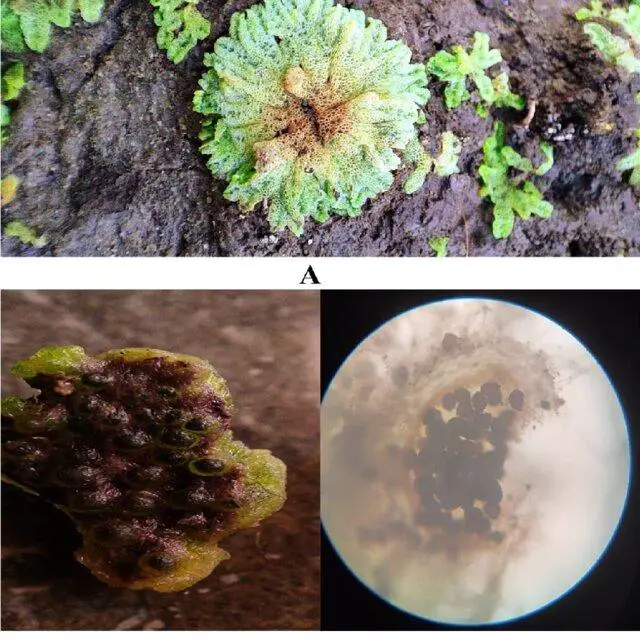
Riccia-cavernosa-Hoffm-A-Dorsal-view-B-Ventral-view-C-Sporophyte-with-spore_Q640.jpg from: https://www.researchgate.net/figure/Riccia-cavernosa-Hoffm-A-Dorsal-view-B-Ventral-view-C-Sporophyte-with-spore_fig1_362832190
0.5-2 mm wide, often with a purplish tinge along the margins. The underside of the thallus has thin, hair-like structures called rhizoids that help anchor the plant to the substrate.
Riccia reproduces both sexually and asexually. Sexual reproduction involves the fusion of sperm and eggs, which develop in separate structures on the thallus surface. Asexual reproduction occurs through fragmentation, where pieces of the thallus break off and grow into new plants.
Global Distribution and Habitat
Riccia canaliculata has a cosmopolitan distribution, meaning it can be found on every continent except Antarctica. It typically grows in
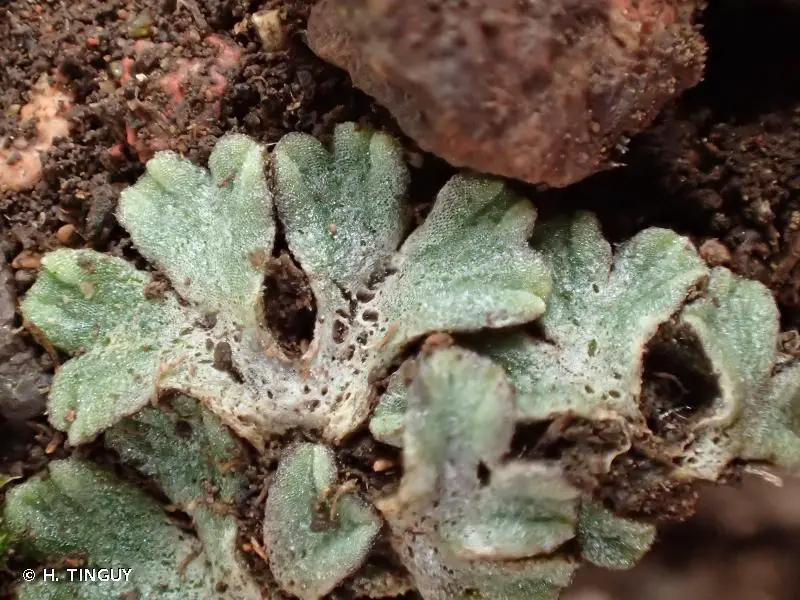
207288.jpg from: https://inpn.mnhn.fr/espece/cd_nom/6206/tab/taxo
moist, open habitats such as riverbanks, pond margins, and intermittently wet soils. This adaptable moss can tolerate periodic drying and quickly regenerate from dormant thalli when moisture returns.
In North America, Riccia canaliculata is found across the United States and southern Canada. It is particularly common in the southeastern U.S., where it often grows mixed with other bryophyte species.
Ecological Roles and Adaptations
Like other mosses, Riccia plays important ecological roles
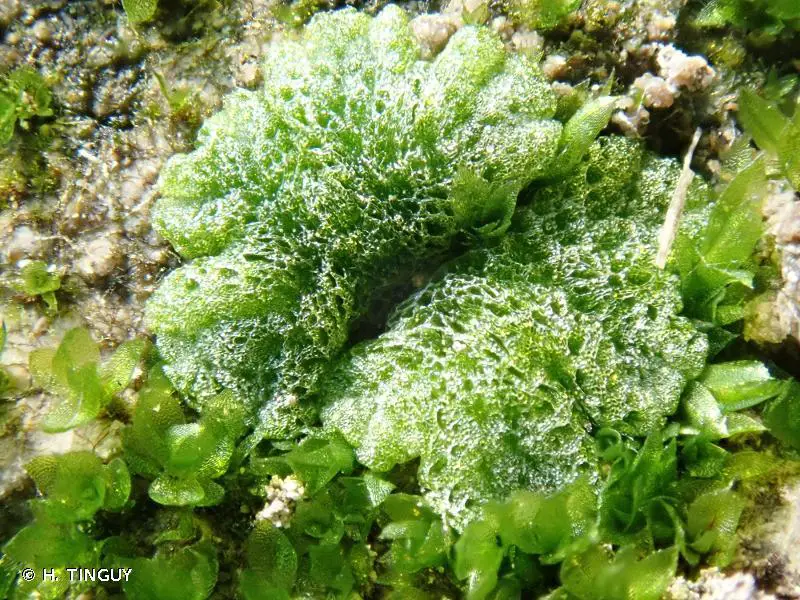
409180.jpg from: https://inpn.mnhn.fr/espece/cd_nom/6210
. It helps stabilize soil, prevent erosion, and retain moisture in its habitat. Riccia mats provide shelter and foraging grounds for tiny invertebrates, which in turn support larger organisms in the food web.
Riccia canaliculata has several adaptations that allow it to thrive in its variable habitat:
- Its small size and dense growth form help conserve moisture
- The channeled thallus directs water to the plant’s interior
- Rhizoids anchor the moss and absorb water and nutrients from the soil
- Dormant thalli can survive drying and regenerate when moisture returns
Conclusion
Riccia canaliculata Hoffm. may be small, but it is a remarkable moss with a wide-reaching distribution and important ecological functions. From riverbanks to pond edges, this resilient plant helps shape the ecosystems it inhabits. The next time you spot a patch of Riccia, take a moment to appreciate the complexity and adaptations of this mighty moss! What other fascinating bryophytes have you encountered in your explorations?
